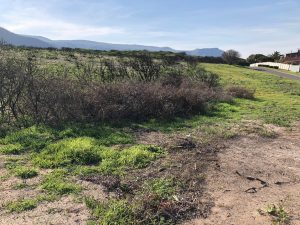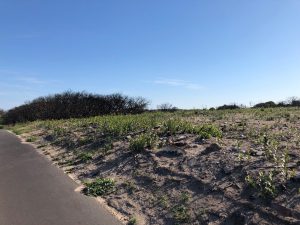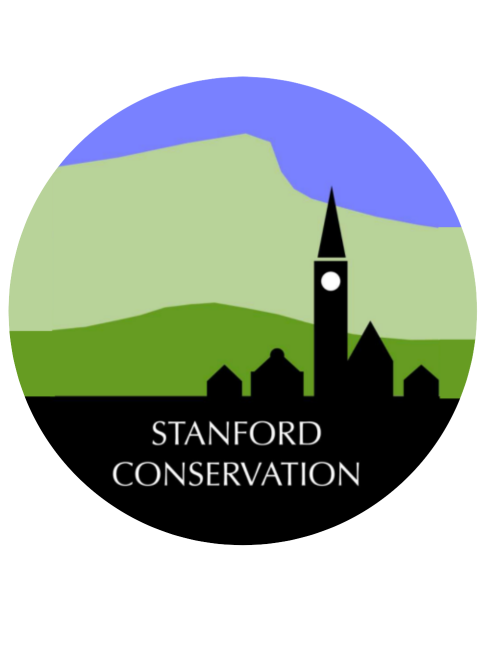After the devastating fires in the Overstrand of January 2019 the sound and smell of a fire brings different images to different people. Surprisingly fire is one of our greatest tools for biodiversity conservation and fuel management but as we as a community experienced it, it can also be one of our most destructive forces.
About 70% of the ecosystems covering South Africa are fire-adapted. They need to burn in order to maintain their ecological integrity. But because of human activity there is a need to manage fire in a manner that is appropriate for the land-use and land-type, while maintaining natural processes and patterns as far as possible.
Fire, when managed and controlled however benefits our natural areas and is actually vital to the survival of several living species. It removes low-growing underbrush and cleans the floor of debris which opens it up to sunlight, and nourishes the soil. Reducing this competition for nutrients allows established vegetation to grow stronger and healthier.
Many people have asked me if they can remove the burnt standing trees and shrubs that remain after a fire because it looks ugly and spoils the beauty of the new regenerating species.
I would like to point out a few facts why it is important to leave these dead, standing trees and shrubs:
The lack of old, dying or burnt vegetation is a major cause of biodiversity loss. Many species rely on dead or dying trees, logs, and branches for their survival. The removal of decaying branches from the natural veld after a fire can lead to the drastic decline in species such as insects, beetles, fungi, and lichens. Species relying on this material for food and/or shelter make up a large group of various species in our Fynbos dominated biome.
Some specialist beetles are found in the early stages of wood decay and are again followed by predators and scavenging beetles and other insects. Birds and small mammals prey on these insects and is a very important food source for them. Small rodents and birds again assist with seed dispersal of vegetation. In fact, some species depend on these dead and decaying logs and branches for shelter in these barren burnt landscapes. Tortoises, snakes, geckos and lizards, to name but a few. These dead trees and shrubs and the insects, birds, reptiles and small mammals belong together like a braai and boerewors.
Even lichens and fungi are dependent on dead, decaying vegetation. When lichens die they contribute organic matter to the soil, which further improves the quality of the soil so that more plants can grow. Lichens perform useful functions in nature. They provide shelter for other organisms. They also provide food for animals and materials that they can use to build their homes or nests.
Dead trees and shrubs fill other physical roles as well. As long as they are standing, they create barriers or fences that slows down wind speeds that can cause wind-blown sand and sand erosion. The sand that is trapped around the base of stems helps to capture and hold moisture that saturates the ground providing additional moisture to re-growing trees.
So next time when you see fire-blackened trees or shrubs scattered throughout the burnt landscape, try to view these events in a different light. All will take benefit by your change of heart.
Attached is a photo taken in Franskraal in June 2019 where members of the community cut down the burnt vegetation after the January 2019 fire. I would like to urge all residents throughout the Overstrand to please refrain from continuing with this activity. Your actions can be even more devastation to the rehabilitation of the veld than you realise.
Article written by Liezl de Villiers, Overstrand’s head of environmental services.


